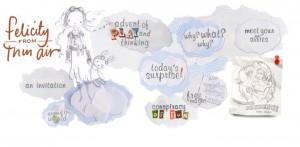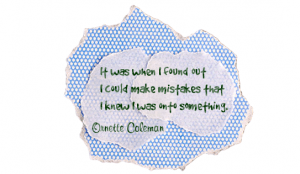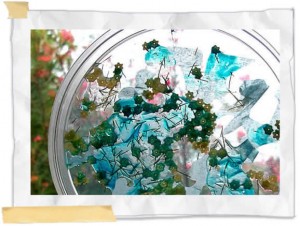Woot Math: Adaptive learning for fractions and decimals
What it is: Woot Math uses adaptive technology to personalize the math learning experience in new ways for 3rd-6th grade students. With a focus on fractions and decimals, Woot Math allows students many inroads to understanding. Flexible implementation options mean that Woot Math can be used in any classroom configuration whether it be 1:1 devices, shared devices, whole-class, or as intervention. The Woot Math system works on the web, iPads, or Chromebooks seamlessly…it truly is a great option for any classroom! It is super user-friendly, and gives teachers the ability to customize for each student in the class as a starting point. Woot Math is adaptive, as students use it, it gets “smart” and creates learning pathways based on the specific needs of the student. Beginning with foundational rational math concepts, Woot Math makes these necessary foundational skills accessible for all students. It is like having a personal tutor sitting beside them as they work through new learning. If a student doesn’t understand a problem, the program adapts to approach the learning in a new way. The illustration of concepts is brilliant! Woot Math gives students a solid understanding of fractions, laying the necessary ground work for algebra, geometry, physics, chemistry, and statistics. Sign up TODAY, Woot Math is totally free for the 2015-2016 school year!
How to integrate Woot Math into your classroom: To begin with Woot Math, decide how you will use it in your classroom. Do all of your students have access to a technology device? Do you have a bank of devices that they can rotate through? Do you have a projector/interactive whiteboard? If you are using Woot Math with limited technology access, beginning with the Interactive Problem Bank is best. Here you can quickly access thousands of hands-on fraction and decimal problems for students to work through together. You can project the problems on a whiteboard or use an interactive whiteboard. Problems can be selected by topic or standard and then by model type. Students can either work together in community solving problems, or as a center in a math rotation. If you have better access to technology, and students can work independently on a device, the Adaptive Practice is the place to start. Here you can print out student login cards, assign an initial topic, and the program will adaptively generate and assess thousands of interactive problems. This is also the place where you can track student progress and understanding through concepts and skills. The visual examples and leading through problems is fantastic, it is truly an engaging process for students to learn with! This is the best way (in my humble opinion) to use Woot Math, because it allows students to work in exactly the way they need to increase understanding and build a solid foundation of understanding. Be sure to go through Woot Math independently of your students to truly appreciate the interactive learning modules and visual representation of concepts…they are brilliant!
Tips: Be sure to sign up soon, take advantage of this timing when Woot Math is 100% free! There are some great teacher resources to download to help you as you implement Woot Math.
Hat Tip to @yourkidsteacher for sharing this awesome resource with me!















